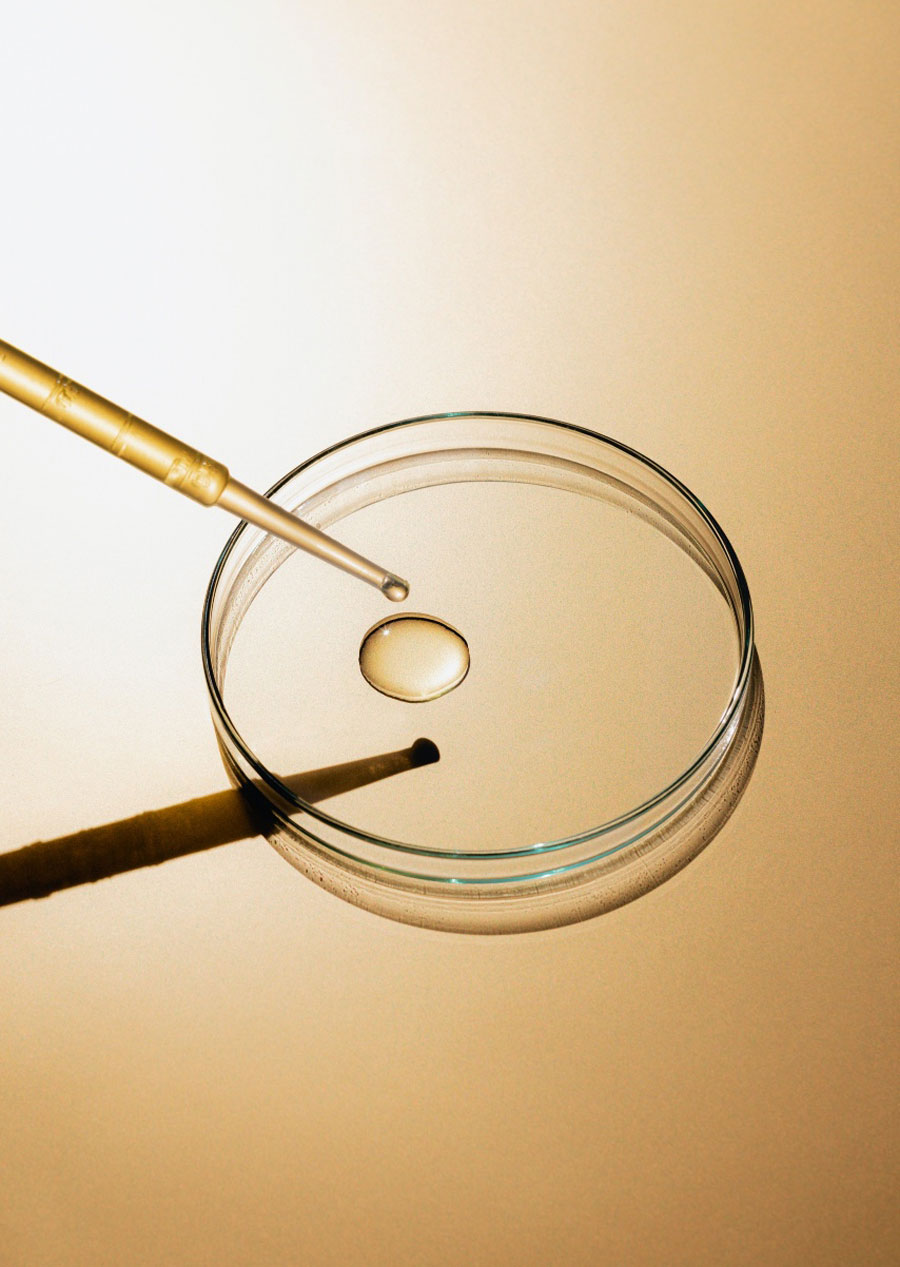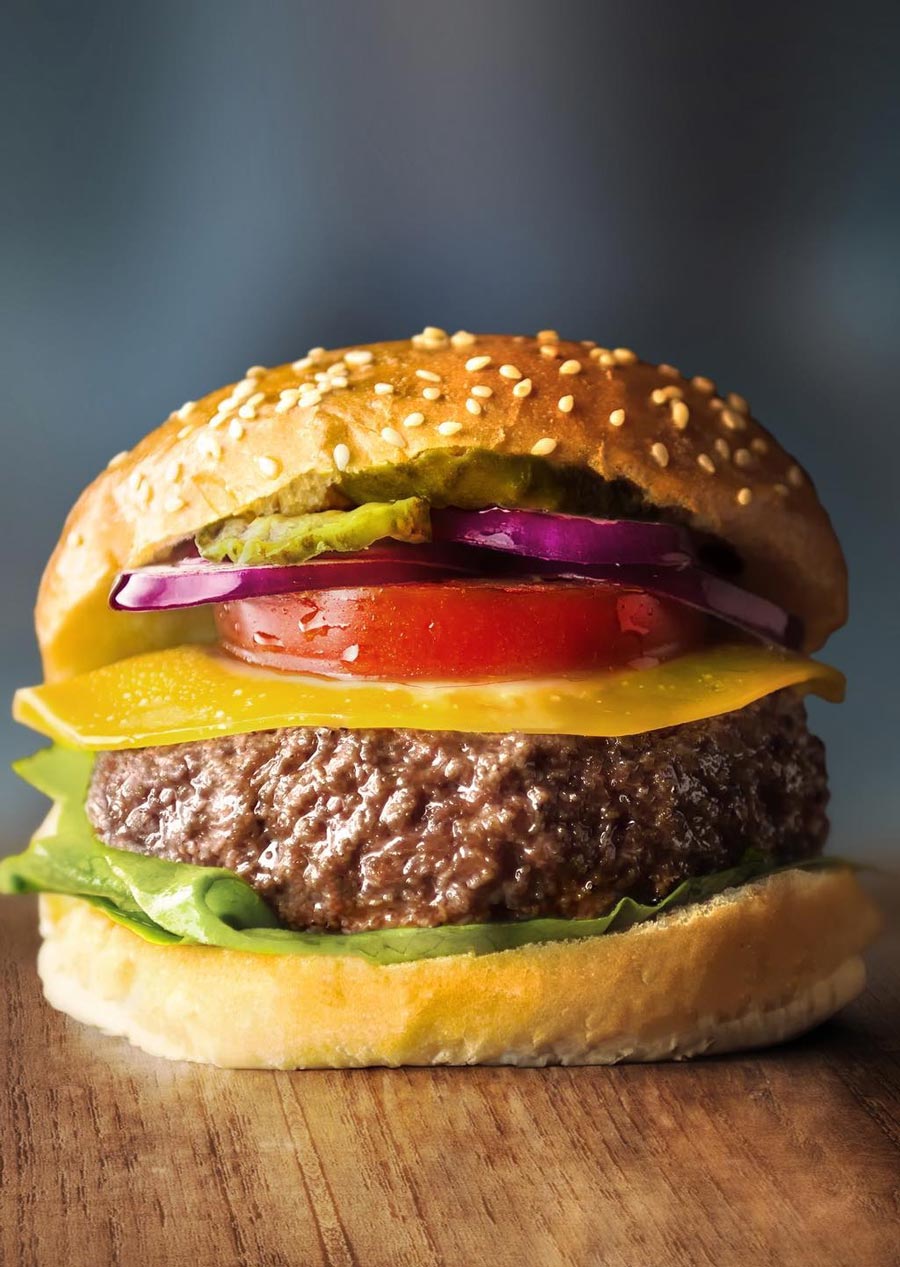-
-
-
-
-
Currency
food-drink
Lab-Grown Meat Has Come A Long Way. So Why Hasn’t It Made Its Way To Our Plates?


Would you eat lab-grown meat?
The promise of artificially cultivated meat has been dangling over our heads since 2013 when Professor Mark Post and a team of scientists at Maastricht University in the Netherlands unveiled the world’s first lab-grown beef burger. The question of eating it has continued to float around the internet and news headlines in the years since, but it hasn't quite made it's way to our plates. So, will it ever?

Documented By: Daniel Faro
The basics first: what is lab-grown meat?
It’s all in the name really. Lab-grown meat (also referred to as clean meat, cellular agriculture or cultured meat) is meat grown in a laboratory from cultured cells. There are a few different ways to grow a piece of meat, but the most common method is to take a tissue sample – a biopsy – from a living animal and then extract stem cells.
The cells need a bit of help to grow and multiply into something edible, so once extracted, they are fed a nutrient-rich broth (containing proteins, vitamins, sugars and amino acids) and bathed in a liquid growth medium. Then they are placed in a stainless steel tank called a bioreactor.
The most common growth serum used to culture meat cells is fetal bovine serum (FBS). This comes from the blood of cow fetuses and it involves the killing of pregnant cows and calves. So, if FBS is used for lab-grown meat, it’s not a completely slaughter-free process.

Documented By: @mosa_meat
Why do people want to grow meat in a lab anyway?
Not everyone wants to know how the sausage gets made. And, not everyone is comfortable with the idea of lab-grown meat. But there is a case for making animal food products artificially.
Billions of animals are slaughtered every year for human consumption. Aside from what we’ve just told you about FBS, lab-grown meat would largely avoid the need to raise and kill so many animals. Mosa Meat (the company that Mark Post founded after making the first lab-grown beef burger) now claims to be able to create 80,000 burgers from a sample of cells the size of a sesame seed. With a growing global population of meat consumers, there's a strong case to be made for these alternatives.
Lab-grown meat could also be hugely beneficial for the environment. As it stands, animal agriculture generates more greenhouse gases than all forms of transportation combined. Raising livestock requires a lot of fresh water and land, and that land frequently comes at the cost of habitats, biodiversity and forests (animal agriculture is one of the primary drivers of deforestation around the world). Lab-grown meat requires 95 per cent less land than conventional meat production.
That’s not to say it’s a silver bullet though: manufacturing facilities for lab-grown meat are energy-intensive. If they’re not powered by renewables, the carbon emissions could be significantly higher than conventional meat sources.

Documented By: @goodmeatinc
Will lab-grown meat be on our plates anytime soon?
We’ve come a long way in the decade since Post’s lab-grown burger. There are now around 30 global laboratories and companies working to develop cultured meats (including chicken, beef, duck and lobster) and bring them to market. Some are even hoping to do so in the next few years.
So far, the closest we’ve come to seeing lab-grown meat reach our plates is US company Eat Just’s cultured chicken bites, which were approved for sale and served up in restaurants in Singapore in 2020. In 2021, Future Meat opened a new facility and announced ambitions to have a product available in the US by 2022. UPSIDE Foods (formerly Memphis Meats) also opened a meat cultivation plant in California in 2021, a project which has attracted investments from the likes of Richard Branson, Bill Gates and Suzy Welch.
The news headlines surrounding these announcements always make it feel like a product we can actually eat is just around the corner. In reality, lab-grown meat will probably remain behind the closed doors of facilities for a few more years at least. The sector still faces financial challenges and is in an experimental stage, particularly in terms of creating a product that can be scaled and that people will want to eat.
However, it’s not too soon to start pondering your position on eating lab-grown meat: projections suggest that, in 2040, most of the meat people eat (60 per cent) will not come from slaughtered animals. We’re even seeing some of the world’s largest conventional meat companies (including Tyson and Cargill) throwing big dollars into cell-based meat development, which is very telling of where the meat industry is heading.

Documented By: @upsidefoods
So, would you eat lab-grown meat?
We'll nearly certainly have access to lab-grown meat in our lifetime. So there’s really only one thing left for us to ask: would you eat it?
For us, the answer is yeah, probably. There are obviously cognitive hurdles to get over (lab-grown meat needs help rebranding) and some ethical issues to resolve (like the use of FBS). But with the amount of investment going into this sector, we'll probably see something in our supermarkets that resembles and tastes as good as conventional meat in the next decade. In the meantime, we’re pretty content with plant-based imitations or, you know, vegetables.

ABOUT US
CUSTOMER CARE
EDITORIAL & RIISE PRODUCTIONS
© 2021 RIISE, All Rights Reservedjoin riise's mailing list for 10% off your first order.Availability









